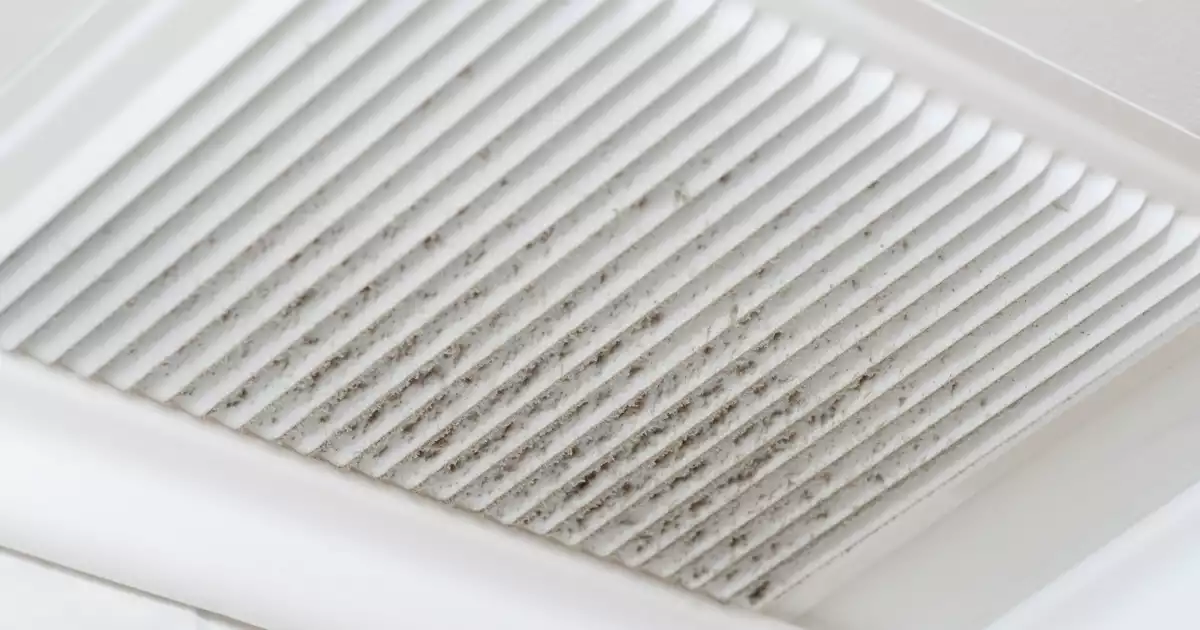Dirty Air Compare: See How Dirty Air Impacts Your Home’s Air
2 minute read
It’s your home. It’s not just a place, it’s a feeling. But when that feeling is wheezing, sneezing, and uncomfortable all the time, there’s something wrong. Indoor Air Quality can be five times more polluted than outdoor air, and since the EPA estimates that people spend 90% of their time indoors, it’s important to know the impact dirty air in your home can have on your health. Unfortunately, we cannot always see the dirty air in our home so we helped set up a visual below.
While it’s easy to see when you need to dust or sweep, it’s harder to know when the air in your home needs cleaning. Why breathe dirty air? Poor air quality can threaten your family’s health, so it’s important to keep things out of your home that cause polluted indoor air and ensure your home is a healthy one.
Finding the Culprit of Dirty Air In Your Home
Indoor Air Quality is impacted by many things in your home, some of which you’d likely never guess. Mold, pollen, and volatile organic compounds (VOCs)—from cleaning chemicals and paints—are widely known culprits that contribute to poor air quality. But, according to the Global Healing Center, there are some unknown drivers. Here’s your checklist for finding the culprit.
- Do you have furniture purchased prior to 2006? It may contain toxic PBDEs.
- Do you use air fresheners? A study found the terpenes released by air fresheners interact with ozone to form compounds like formaldehyde and acetone at concentrations, which can cause respiratory sensitivity and airflow limitation.
- Do you burn candles in your home? Most candles, especially the scented ones made with paraffin wax, contain benzene and toluene, two known carcinogens.
- Do you print a lot from your computer? Printing inks, like those used in home printers, contain glymes. These industrial chemicals have been linked to developmental and reproductive damage.
Time for a Healthy Home
In general, there are three main approaches to improve Indoor Air Quality:
Remove the source of the air pollutant
Check areas where mold is most often found, keep your rooms free and clear of dust, and make sure you regularly check your air vents. In addition, take a proactive approach by using safe cleaning products and considering product ingredients before you purchase.
Increase ventilation in your home
Today’s homes are tightly sealed, built with energy efficiency in mind. While this is good for keeping heated and cooled air from seeping out, it also keeps uncomfortable odors and harmful pollutants trapped inside. A whole-home ventilation system allows for fresh, clean air.
Consider an air purifier and other whole-home solutions
After all, if you could see the air you breathe, think about what you’d want it to look like.
